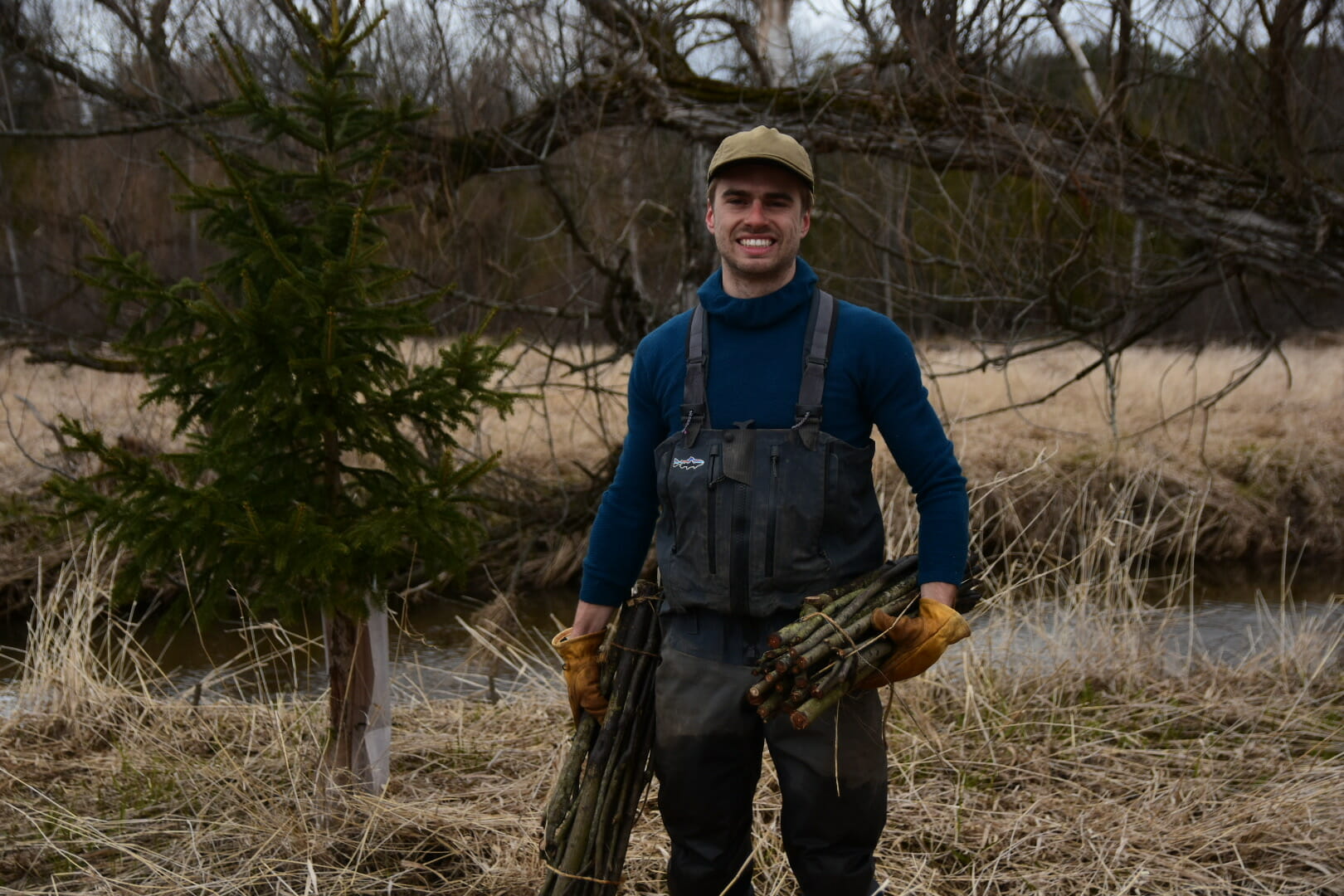How volunteers and staff are improving trout streams and helping reduce atmospheric CO2
Trout Unlimited chapters and staff members recently hosted 45 Plant for our Future events across 10 states. The 750 volunteers planted nearly 15,000 trees along 3 ½ linear stream miles and covering 38 acres, about the size of 30 football fields.
Those events will have a significant impact on the health of trout streams and their finned inhabitants.
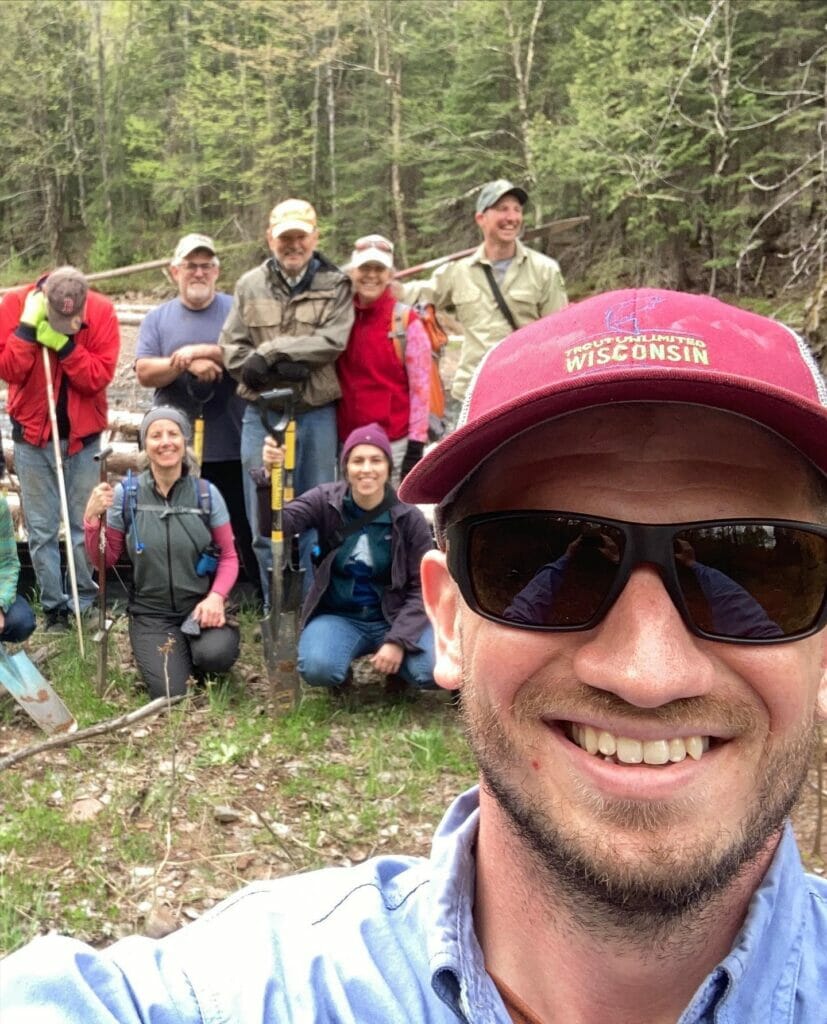
But the impact of that work, held in part to celebrate Earth Day, Arbor Day and National Volunteer Week, goes further than that. As those trees grow, not only will they keep sediment out of streams, filter runoff and provide shade for streams, they will also help pull carbon dioxide from the atmosphere to help combat climate change.
As those trees mature over the next two decades, they will absorb 6.6 million pounds of CO2 from the atmosphere, the equivalent of taking 700 cars off the road for a year.
Much of the restoration work TU accomplishes on streams helps those waters become more resilient to a warming climate, including being able to continue to support native and wild trout. Replacing obsolete dams and fish-blocking culverts allows fish to access more habitat, including cold thermal refuges during hot spells, droughts and fires. Enhancing instream habitat helps create deeper, cooler, fish-holding pools.
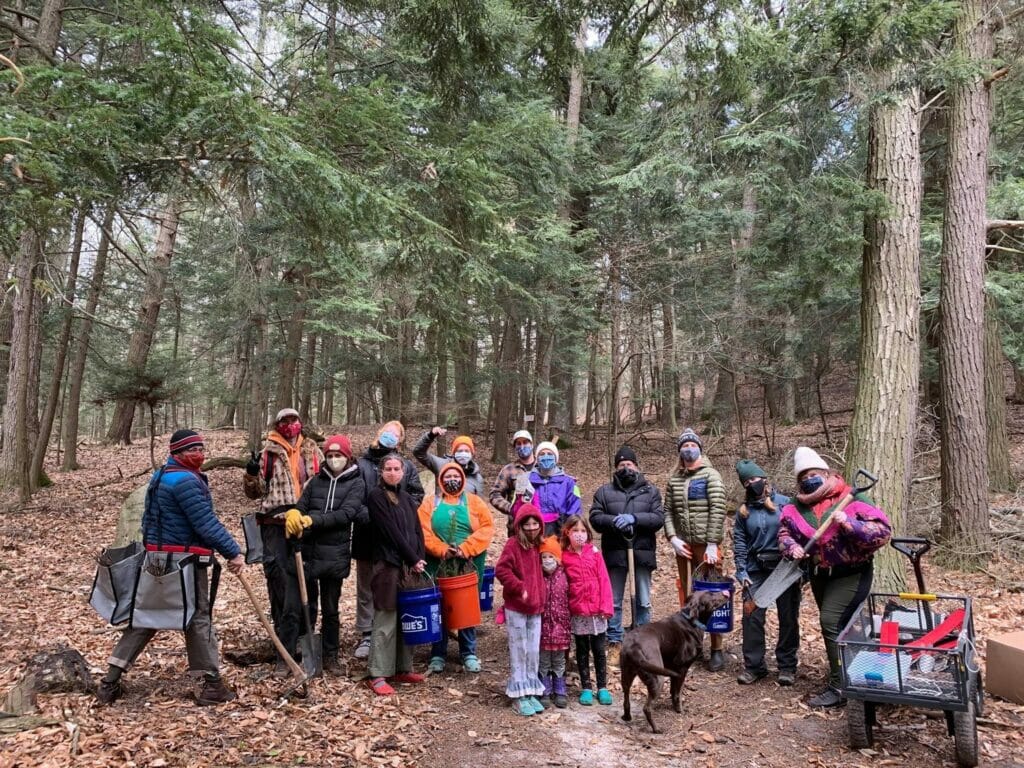
Planting trees along streams can also help instream habitat — eventually — as those trees mature, die and fall into streams.
“We do this tree-planting work all the time to improve fish habitat,” said Helen Neville, who heads TU’s science team. “There are great benefits to that, but the sequestration aspect adds extra value.”
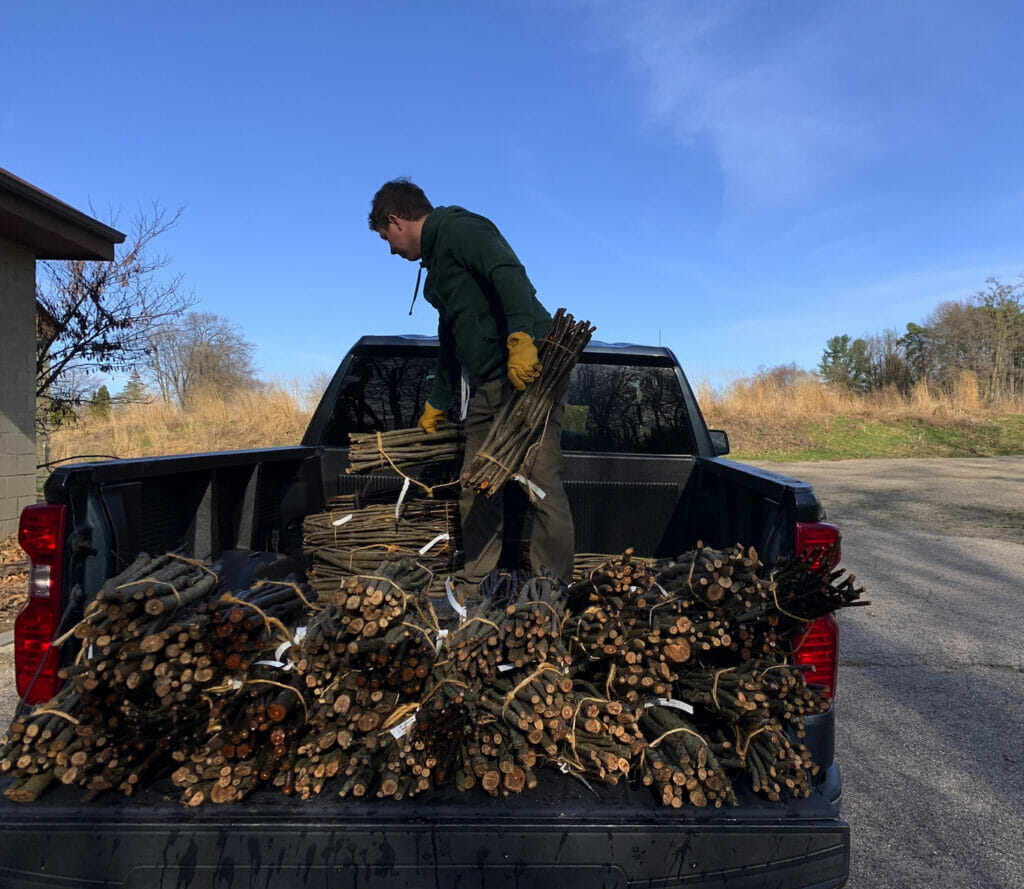
In recent years there has been a growing worldwide focus on the importance tree-planting and reforestation can have on reducing the amount of CO2 in the earth’s atmosphere, a movement that has gained momentum as the science of climate change and the impact of CO2 on unnaturally rapid global warming has become clear beyond a doubt.
Forests remove CO2 from the atmosphere through photosynthesis, with carbon stored in every part of the tree — leaves, branches, trunks and roots. By weight, dried tree materials consist of about 50 percent carbon. The earth’s soils and forests currently absorb about a third of atmospheric carbon emissions.
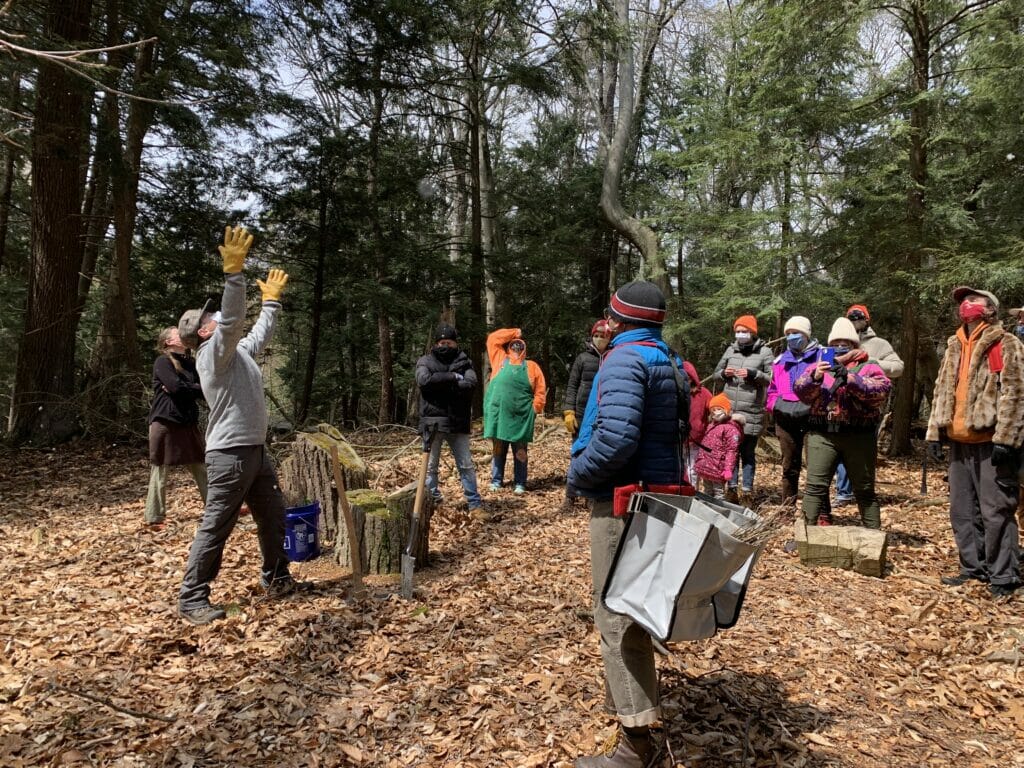
But those capabilities are declining as the world’s forests shrink.
Since 1990, the planet has experienced the loss of more than 1 billion acres of forests, according to a report by the Food and Agriculture Organization of the United Nations. That’s an area about half the size of the total land within the United States. The rate of loss is roughly 18 million acres annually.
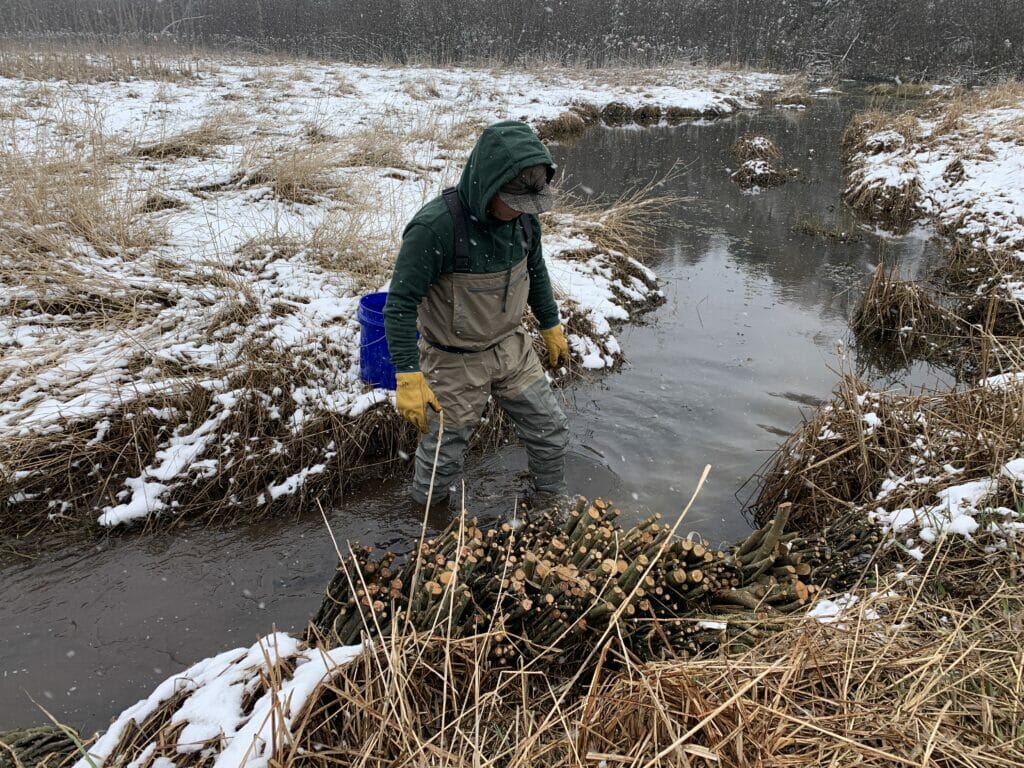
The tropics are an area of significant loss, and tree canopy loss there could total more than 550 million acres by 2050, according to a paper recently published in the journal Science. The UN’s Food and Agriculture Organization noted that 40 percent of tropical forest loss can be attributed to large-scale commercial agriculture, mostly cattle ranging and cultivation of oil palm and soya bean.
The research team responsible for the study in Science estimated that the earth could support an additional 2.2 billion acres of forest. Planting more than a half trillion trees, the scientists calculate, could reduce atmospheric carbon by 25 percent — enough to negate about half of all carbon emitted by humans since 1960.
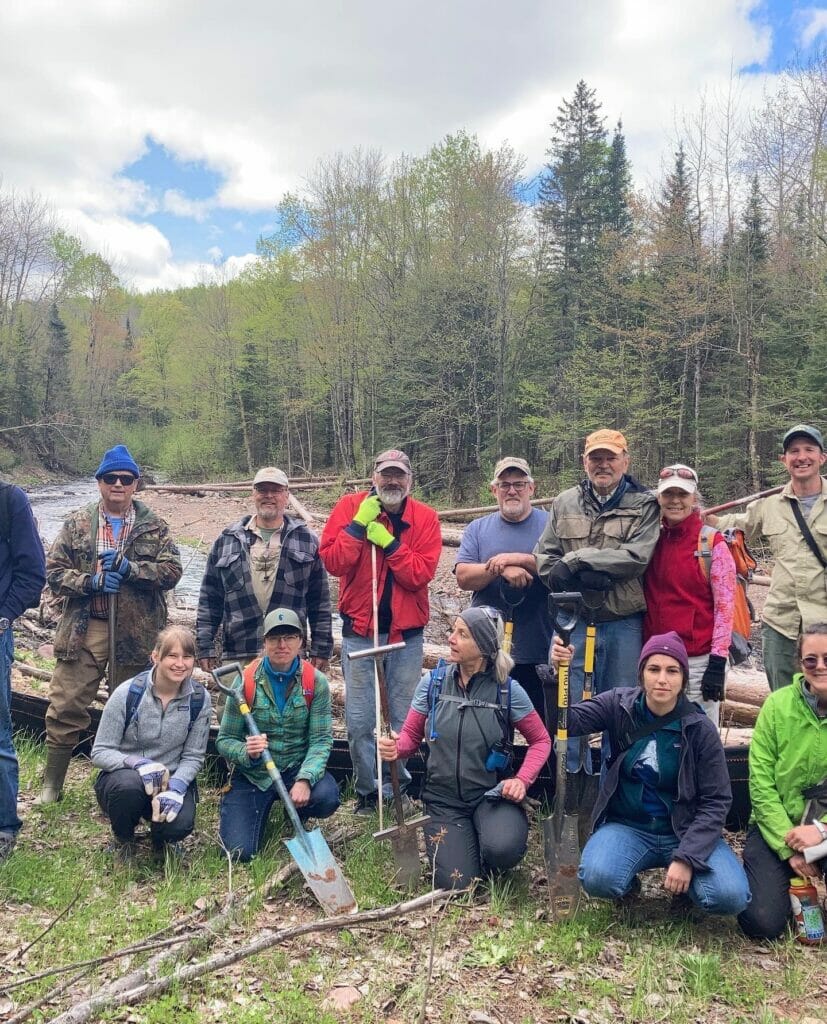
Neville said it’s time for TU to bring attention to the impact tree planting projects by staff, members and supporters can have as part of global reforestation efforts.
The data collected on TU’s tree plantings are a result of an innovative way of calculating carbon sequestration based on tree species and habitat.
“There is emerging science that demonstrates the specific benefit of riparian vegetation for carbon sequestration that hadn’t been realized before,” Neville said. “And that just naturally falls into what TU does.
“We’ve already been doing this work; we just haven’t quantified it.”
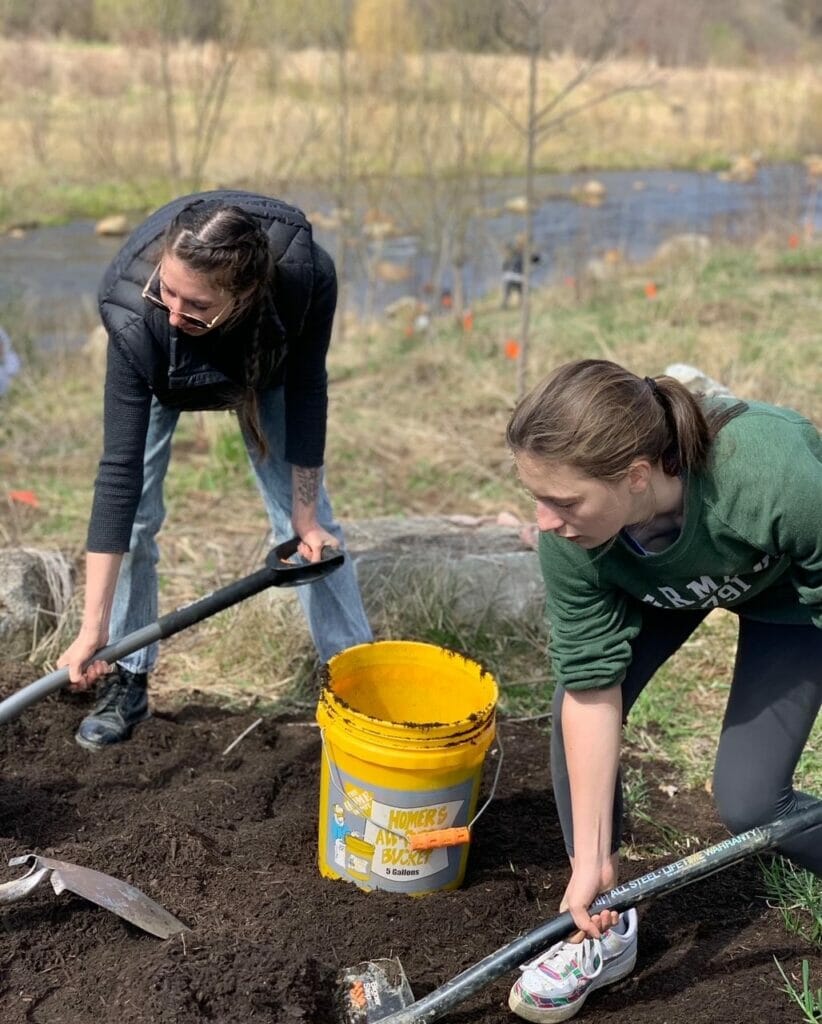
TU, between staff- and volunteer-led projects, is responsible for planting 20,000 to 30,000 trees annually, a figure estimated by informally surveying staff.
A Coldwater Conservation Fund grant is helping TU better track its planting efforts. The funding is helping TU establish a relationship with the U.S. Forest Service Forest Inventory and Analysis (FIA) program, including refining the iTree tool to improve its ability to calculate carbon sequestration of riparian plantings. The initiative will also help with the development of tree planting guidance.
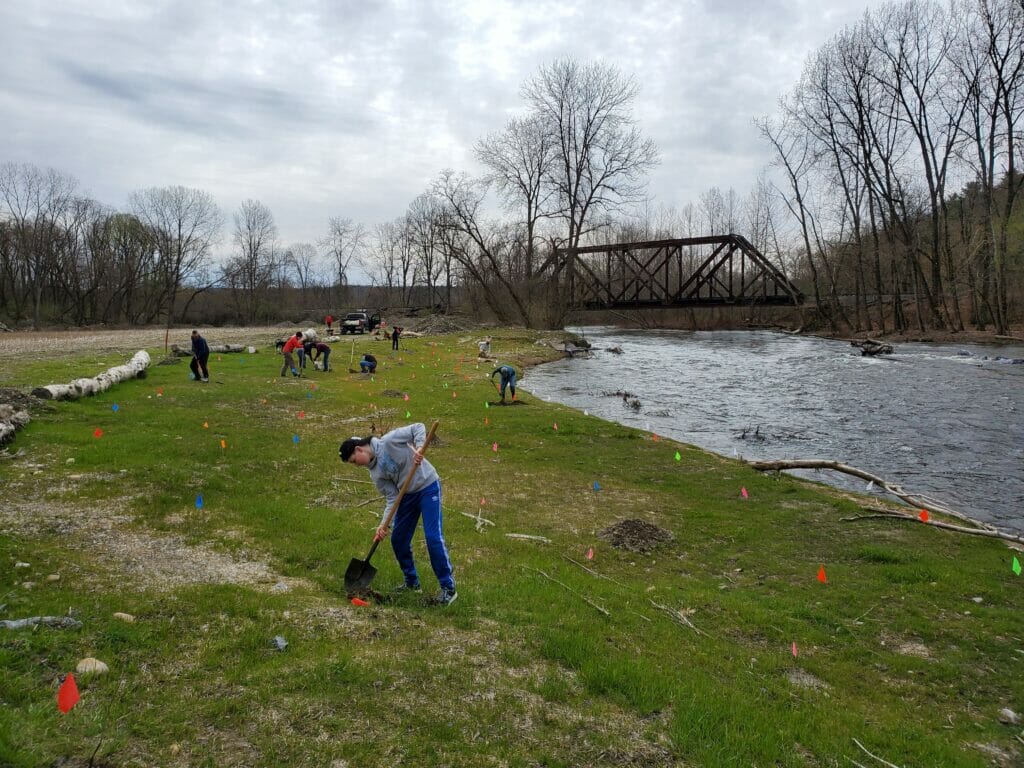
Eventually, TU staff will run every tree planting effort through the iTree Eco tool, which will provide an accurate accounting of tree planting impacts based on tree species, site location and site conditions.
“Planting a tree is a tangible, meaningful activity anyone can do — especially as a family activity,” said Jeff Yates, TU’s director of Volunteer Operations. “As part of a TU Plant for Our Future event, planting trees grows even more impactful because the effort joins those of thousands of other volunteers across the country.”
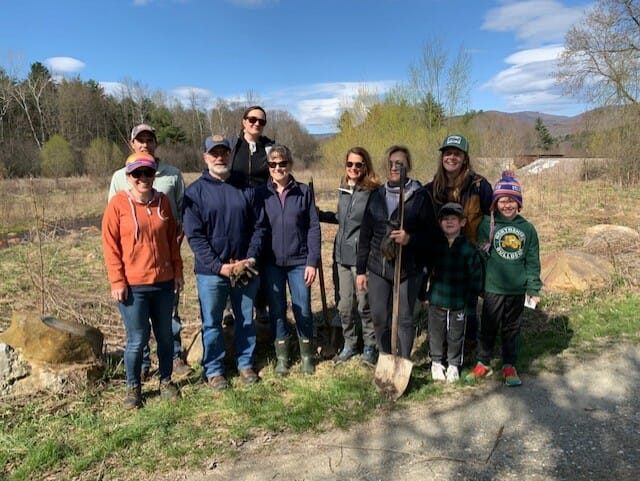
Getting started is easy. Simply find your local TU chapter at www.tu.org/chaptersearch and reach out to find out how you can join – or help plan – local tree planting efforts.



